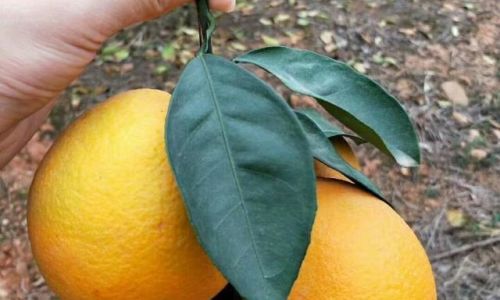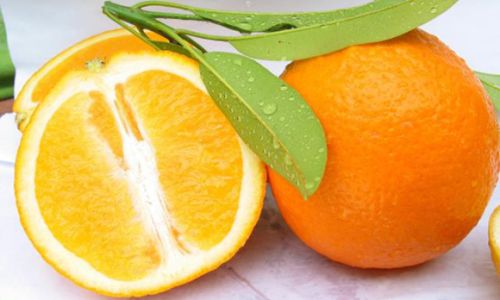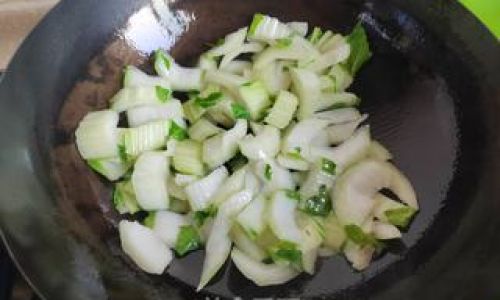Table of content
Oranges, with their vibrant color, tangy sweetness, and refreshing juice, are a staple in kitchens worldwide. Whether enjoyed as a snack, used in recipes, or squeezed into a glass of morning juice, these citrus fruits are beloved for their versatility and nutritional benefits. However, like all perishable produce, oranges have a limited lifespan, and understanding how to store them properly can make a significant difference in their longevity. This article explores the factors influencing how long oranges last, the best practices for storage, and how to identify when they’ve gone bad. By the end, you’ll have a clear roadmap to maximize freshness and minimize waste.
Understanding Orange Shelf Life: The Basics
The shelf life of an orange depends on several variables, including its variety, ripeness at harvest, and storage conditions. Generally, whole oranges can last anywhere from a few days to several weeks when stored correctly. Cut or juiced oranges, however, have a much shorter lifespan due to exposure to air and bacteria. Below is a breakdown of typical shelf lives under optimal conditions:

- Whole oranges (unpeeled): 2–4 weeks at room temperature; 1–2 months refrigerated.
- Cut oranges (peeled or sliced): 2–4 days refrigerated.
- Orange juice (store-bought, unopened): 6–12 months past the “best by” date if frozen; 1–2 weeks refrigerated after opening.
- Orange juice (freshly squeezed): 2–3 days refrigerated.
These estimates are not one-size-fits-all, as environmental factors and handling practices play critical roles. Let’s dive deeper into the science and practical tips for extending orange freshness.
Factors Affecting Orange Longevity
Variety and Ripeness
Oranges come in dozens of varieties, each with unique characteristics. For example, navel oranges, known for their seedless flesh and easy-to-peel skin, typically have a shorter shelf life compared to Valencia oranges, which are often used for juicing due to their thicker peels. The ripeness at the time of purchase also matters: fully ripe oranges will deteriorate faster than those picked slightly underripe.
Storage Temperature and Humidity
Oranges thrive in cool, humid environments. Room temperature (around 68–72°F or 20–22°C) is suitable for short-term storage, but refrigeration (38–40°F or 3–4°C) significantly slows spoilage. Humidity levels between 90–95% are ideal, as dry air can cause dehydration, leading to shriveled skin and loss of moisture.
Exposure to Light and Air
Light accelerates the breakdown of vitamins and can cause oranges to lose their vibrant color. Air exposure, meanwhile, promotes oxidation, which degrades texture and flavor. This is why unpeeled oranges last longer than peeled ones.

Ethylene Gas
Oranges, like many fruits, produce ethylene gas—a natural compound that regulates ripening. However, they are also sensitive to ethylene from other produce (e.g., apples, bananas). Storing oranges near ethylene-emitting foods can hasten spoilage.
Physical Damage
Bruises, cuts, or punctures in the peel create entry points for mold and bacteria, drastically shortening shelf life. Handle oranges gently to avoid damage.
Storage Methods: Room Temperature vs. Refrigeration vs. Freezing
Room Temperature Storage
Storing oranges on the countertop or in a fruit bowl is convenient for short-term use. To optimize this method:
- Keep oranges in a cool, dark place away from direct sunlight.
- Avoid stacking them to prevent bruising.
- Use within 1–2 weeks for peak flavor.
Refrigeration
The fridge is ideal for extending shelf life. Follow these steps:

- Place whole oranges in a perforated plastic bag or mesh produce container to maintain humidity without trapping excess moisture.
- Store in the crisper drawer, away from ethylene-producing fruits.
- Avoid washing before refrigerating, as dampness promotes mold.
Freezing
Freezing is best for long-term storage, though texture changes are inevitable. Here’s how:
- Whole oranges: Peel, segment, and freeze on a baking sheet before transferring to airtight containers. Use within 6 months for smoothies or recipes.
- Juice: Freeze in ice cube trays for easy portioning.
- Zest: Grate and freeze in a sealed bag for up to a year.
Signs of Spoilage: When to Toss an Orange
Knowing when an orange has gone bad is crucial to avoid foodborne illness. Look for:
- Mold or fungal growth: Fuzzy green or white spots on the peel or flesh.
- Soft spots or leaks: Overly mushy texture or oozing juice.
- Off smell: A fermented or sour aroma indicates spoilage.
- Discoloration: Dark patches or a dull, grayish tint.
While slight shriveling is normal (especially in older oranges), severe dehydration or a wrinkled appearance means the fruit is past its prime.
Tips to Extend Orange Freshness
- Buy Wisely: Choose oranges with firm, unblemished skin. Avoid those with soft spots or mold.
- Handle Gently: Avoid dropping or stacking to prevent bruising.
- Store Separately: Keep oranges away from ethylene-sensitive produce like leafy greens.
- Wash Before Use: Rinse oranges under cool water just before eating to prevent moisture buildup during storage.
- Use Preservation Techniques: Try making marmalade, candied peel, or frozen juice cubes to reduce waste.
Commercial vs. Home Storage: What’s the Difference?
Grocery stores often treat oranges with wax coatings or fungicides to extend shelf life. These treatments aren’t typically used at home, so store-bought oranges may last slightly longer than locally sourced ones. However, organic oranges, while free from synthetic coatings, require extra care to prevent spoilage.

The Science Behind Orange Spoilage
Oranges, like all living organisms, continue to respire after harvest. This process consumes sugars and nutrients, leading to gradual deterioration. Enzymatic breakdown and microbial growth (bacteria, molds, yeasts) accelerate as the fruit ages. Refrigeration slows these processes by reducing metabolic activity, while freezing halts them almost entirely—though ice crystals can damage cell walls, altering texture.
Creative Ways to Use Overripe Oranges
Don’t toss oranges that are no longer prime for eating! Overripe fruit can be repurposed in:
- Baking: Add zest or juice to cakes, muffins, or glazes.
- Marinades: Use acidic juice to tenderize meats.
- Cleaning: Mix orange peels with vinegar for a natural surface cleaner.
- Compost: Toss non-moldy peels into your compost bin.
Conclusion
Oranges are a nutritional powerhouse, but their freshness is finite. By understanding the factors that influence shelf life—such as variety, storage conditions, and handling—you can enjoy these citrus gems at their best. Whether you’re stocking up for the week or preserving a bumper harvest, the right approach ensures minimal waste and maximum flavor. Remember: a little care goes a long way in keeping your oranges vibrant, juicy, and delicious.
Final Tip: Trust your senses! If an orange looks, smells, or feels off, it’s better to err on the side of caution. With these guidelines in mind, you’re well-equipped to savor every last drop of citrus goodness.







0 comments